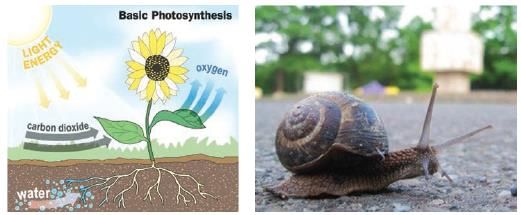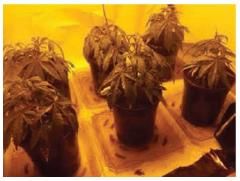Olympiad Test: Living Organisms And Their Surroundings -2 - JSS 2 MCQ
10 Questions MCQ Test - Olympiad Test: Living Organisms And Their Surroundings -2
Samantha found a healthy plant with red leaves in her garden. She said that the plant is not able to make food because its leaves are not green. Is Samantha correct?
Look at the following pictures carefully.

Q. The two living organisms in these pictures are_____________ and the common life process that occurs in both the living organism is_________________ .

These living organisms excrete uric acid:
When plants grow in dark, they become tall, yellowish and weak, and the leaves are very small.

Q. This happens because of:
Which of the following is not an example of response to stimulus?
Read the features of a plant as given below:
1. They have waxy upper surface.
2. Leaves are large and flat.
3. Roots are much reduced in size.
4. Stems are generally long and narrow.
Q. To which of the following habitats does this plant belong?
Which of the following cannot be called a habitat?
Living organisms throw body wastes from its bodies by a process called ________.
Four groups of mice were taken for an experiment. One group was control group and other three were test groups. The test groups consume different amounts of sweetener in their food. The control group is the one that receives:
Boojho comes across an animal having a stream-lined and slippery body. What is the habitat of the animal?














